Before the B-2 Spirit arrived on the scene, heavy bombers were big, loud targets that relied on speed or altitude to stay safe. The B-2 flipped that script, trading big engines and brute force for a smooth, radar-defying profile that lets it slip past defenses undetected. It’s not just stealth for stealth’s sake—this flying wing was built to strike deep, reach anywhere in the world, and carry both conventional and nuclear payloads without tipping its hand.
Over three decades since its first flight, the B-2 remains the benchmark for low-observable technology. Fewer than two dozen were ever made, and each requires a small army of specialists to keep its radar-absorbing skin in top shape. Yet despite the cost and complexity, the Spirit’s blend of range, payload, and near-invisibility keeps it in service—and at the tip of America’s strategic spear.
It Can Evade Radar Like Nothing Else
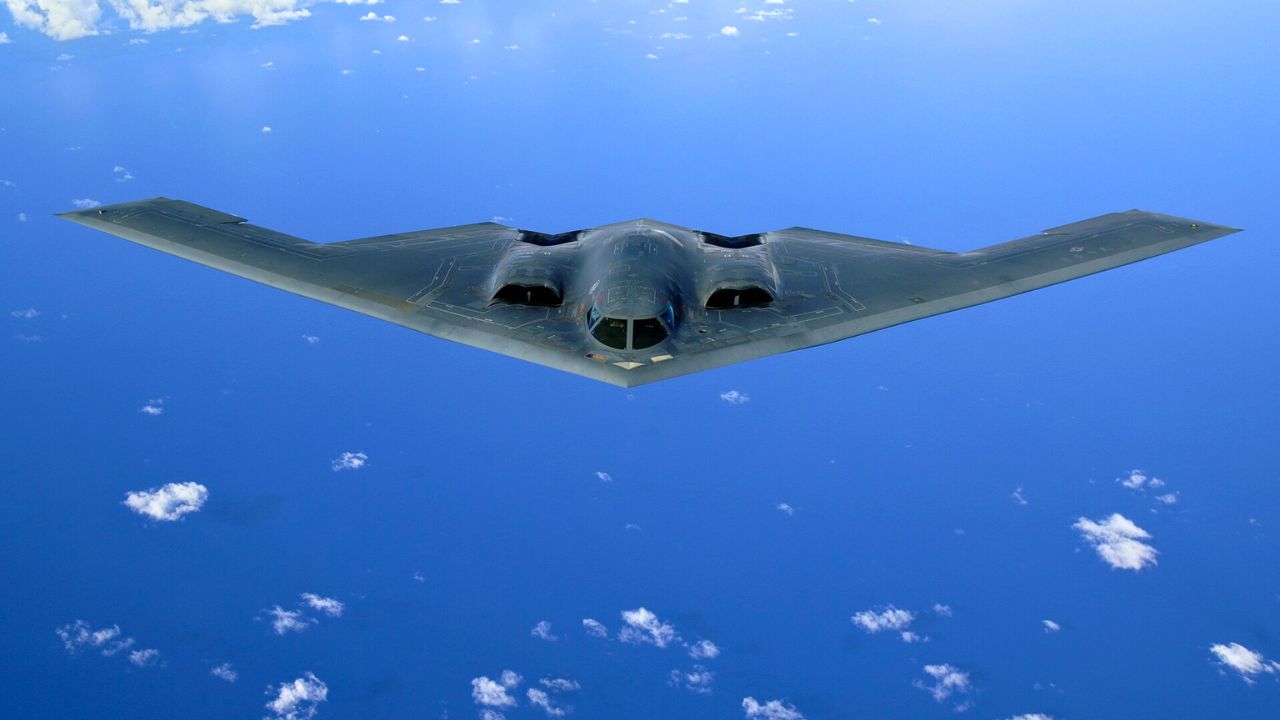
The B-2 Spirit was designed around one key purpose—stealth. Its unique flying wing design and radar-absorbing materials make it nearly invisible to radar systems, especially when approaching head-on. The radar cross-section of a B-2 is said to be as small as that of a pigeon.
This gives the B-2 the rare ability to penetrate heavily defended airspace undetected. It doesn’t rely on speed or altitude, but on low observability, allowing it to reach and strike targets that other aircraft simply can’t.
Each B-2 Costs Over $2 Billion
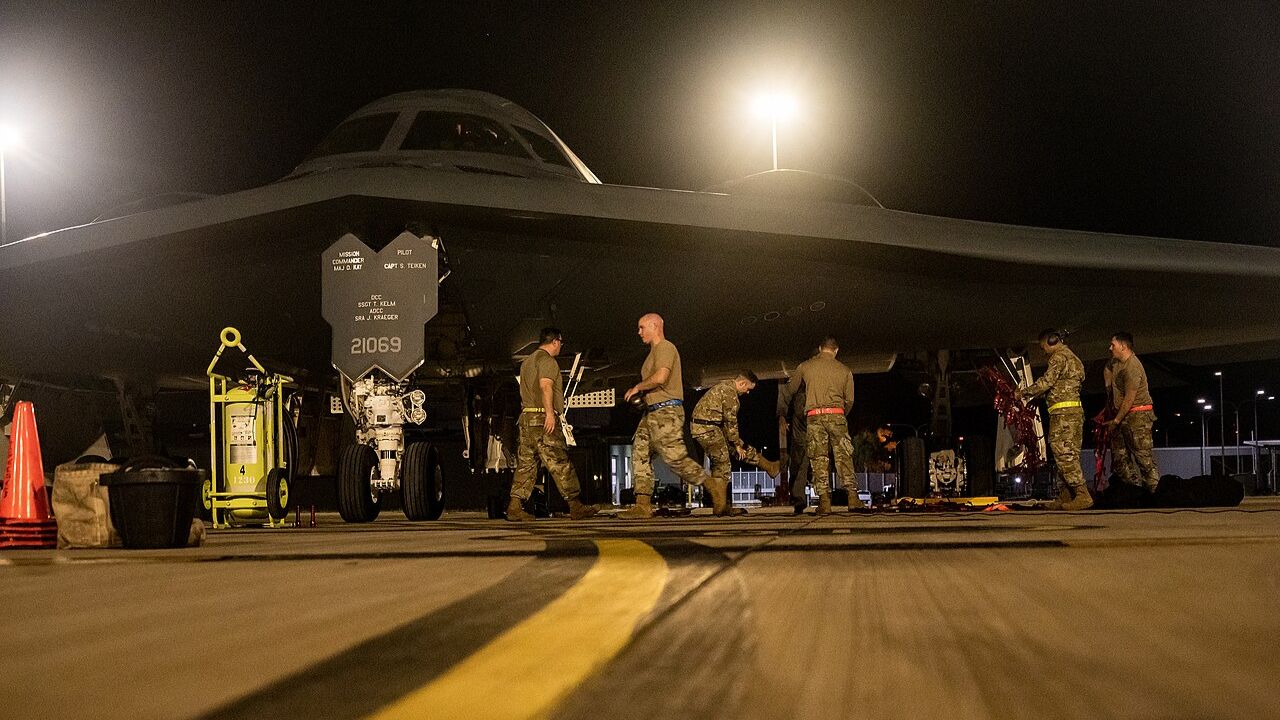
The B-2 isn’t just advanced—it’s eye-wateringly expensive. The total program cost, including development, production, and maintenance, pushes the price tag to over $2.1 billion per unit, making it one of the most expensive aircraft ever built.
That cost includes decades of R&D, custom maintenance hangars, and advanced stealth coatings that require meticulous upkeep. While the price is steep, its ability to avoid detection and deliver powerful payloads justifies the investment for strategic missions.
It Has Global Reach
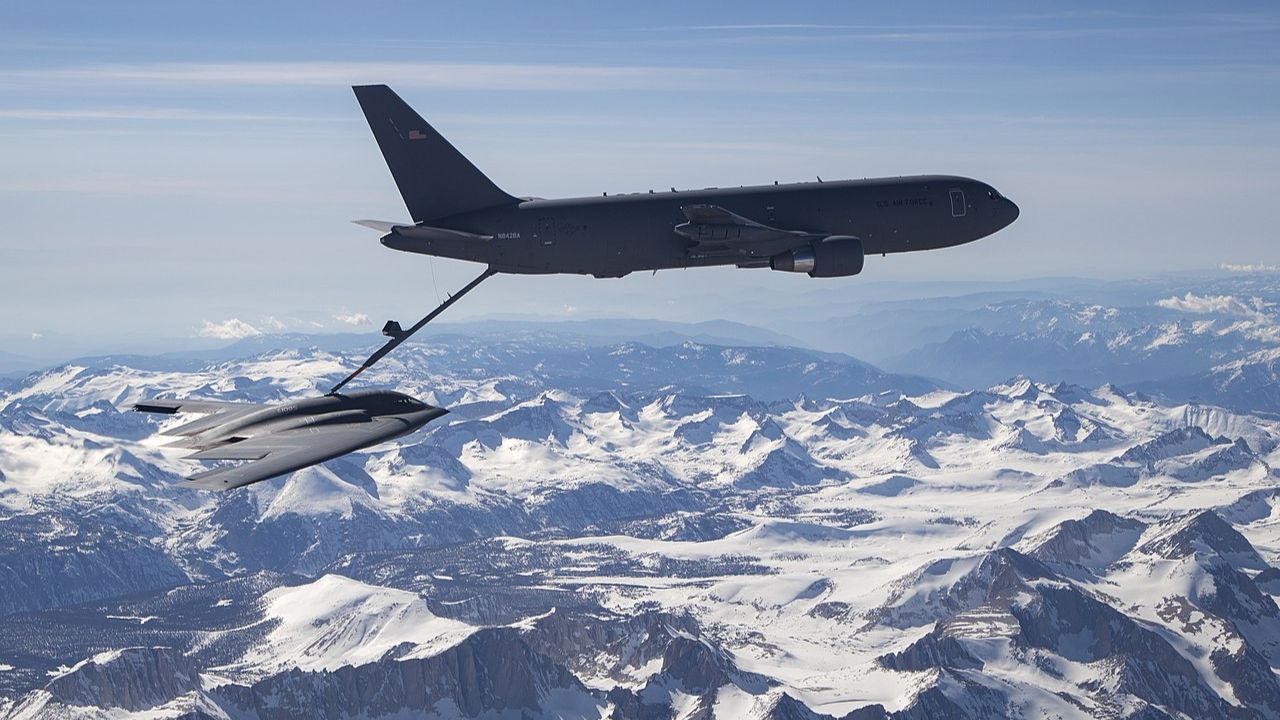
The B-2 has an impressive unrefueled range of 6,000 nautical miles, but with aerial refueling, that range becomes essentially unlimited. It’s built for long-haul strategic missions and can reach any point on Earth from bases in the U.S. with a single tank top-off.
This capability proved critical during operations over Afghanistan and Kosovo. The bomber can fly for over 40 hours straight, allowing it to strike global targets from safe locations, return home, and land without ever touching foreign soil.
It Can Deliver Nuclear and Conventional Weapons
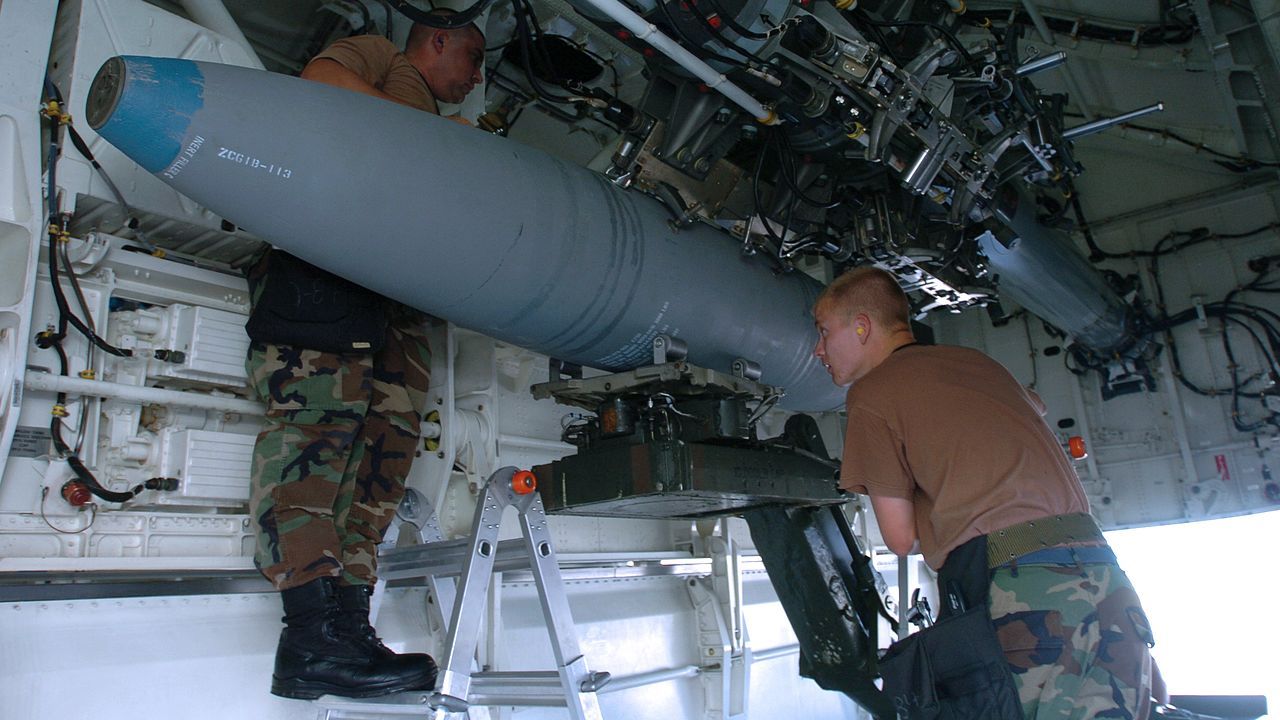
The B-2 is dual-capable, meaning it can carry both nuclear and conventional ordnance. It was originally developed during the Cold War with nuclear deterrence in mind, but it has since evolved into a flexible platform for modern warfare.
Its two internal bomb bays can hold up to 40,000 pounds of weaponry, including precision-guided munitions, bunker busters, and thermonuclear bombs. That adaptability allows it to function as a strategic and tactical asset, depending on mission needs.
Only 21 Were Ever Built
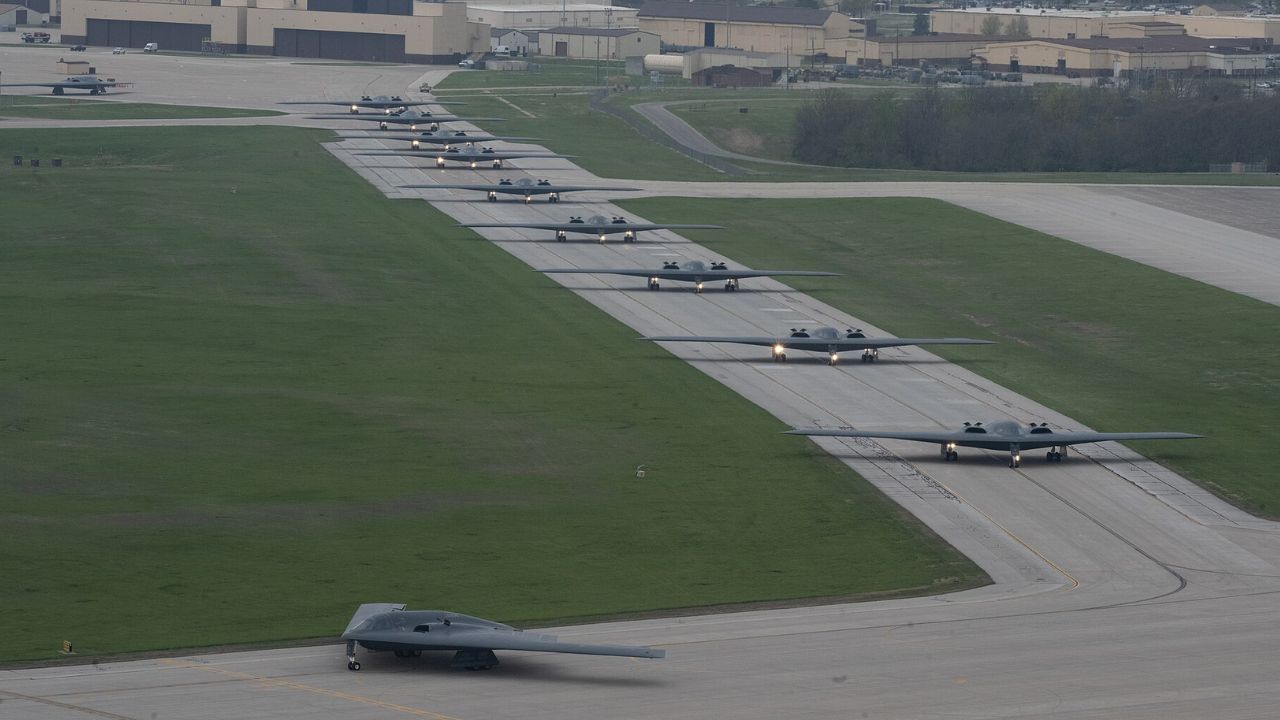
The B-2 was envisioned as part of a larger stealth bomber fleet, but only 21 were built. After the Cold War ended, budget cuts slashed production far short of the original plan to build over 130 aircraft.
Of those 21, one was lost in a crash in Guam in 2008, leaving just 20 operational. Each remaining B-2 is meticulously maintained by a dedicated ground crew, and they continue to serve as the core of America’s long-range stealth bombing capability.
It Requires a Special Hangar to Maintain
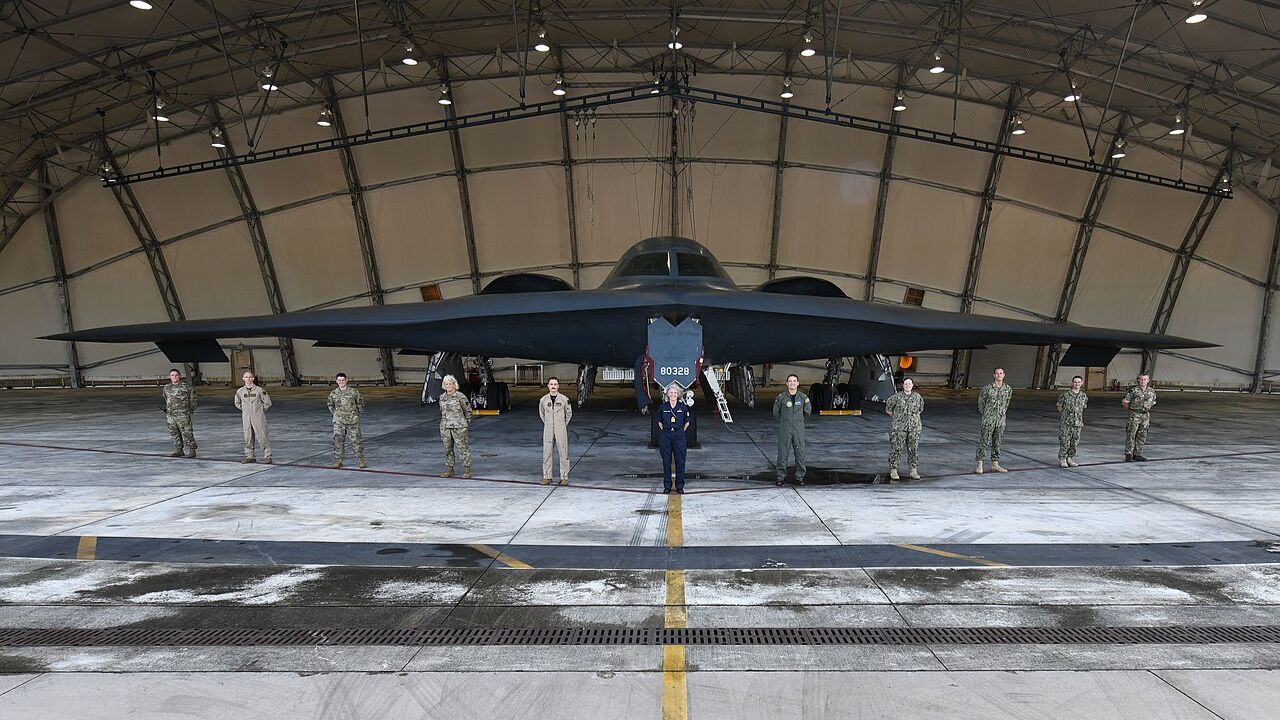
The B-2’s stealth skin is incredibly delicate and sensitive to environmental conditions. That’s why it requires climate-controlled hangars with precise temperature and humidity settings to keep the radar-absorbing material intact.
Maintenance is extensive and time-consuming. Just touching up its skin after a mission can take hours, and even basic repairs require specialized equipment and trained technicians. The Air Force even developed a mobile shelter to perform maintenance overseas when needed.
It’s Surprisingly Quiet for Its Size
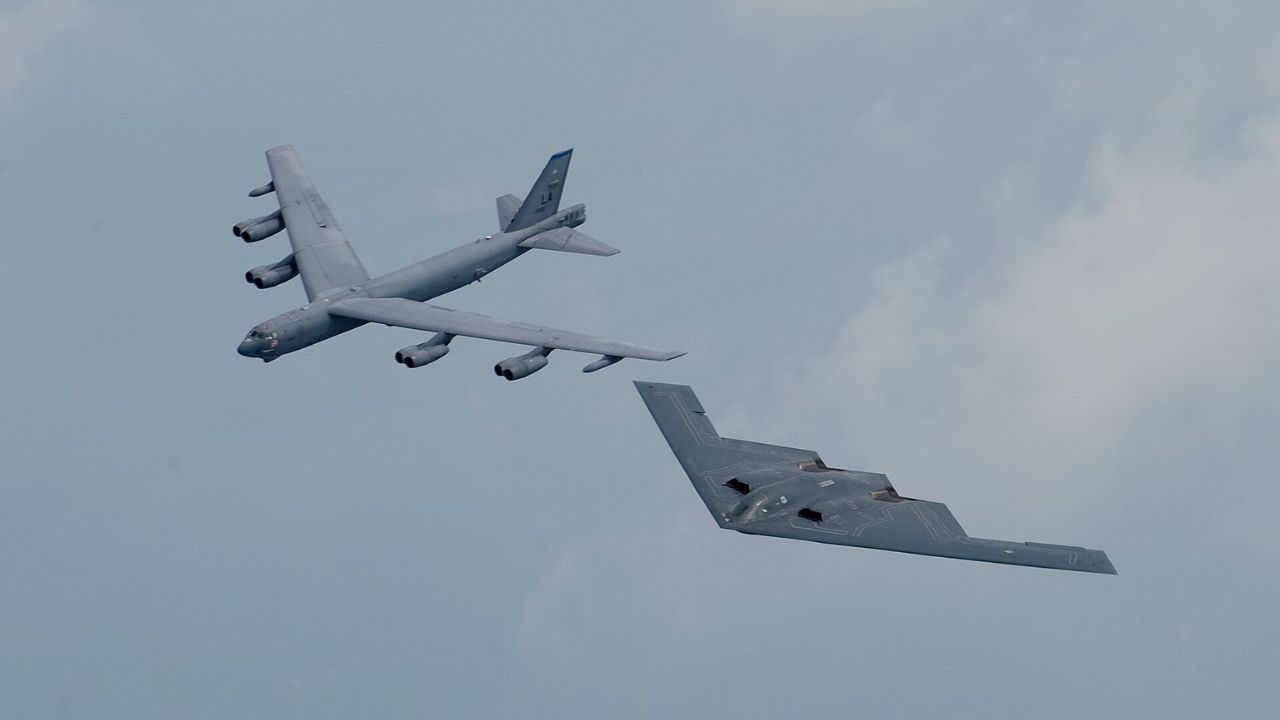
Despite weighing over 170,000 pounds empty, the B-2 is much quieter than most aircraft of its class. Its four General Electric F118 engines are buried deep in the wing and use specially designed inlets and exhausts to muffle heat and noise.
This design isn’t just about stealth from radar—it also reduces its infrared signature and sound footprint, making it harder to detect with heat-seeking or acoustic tracking systems. The B-2 flies like a whisper compared to conventional heavy bombers.
The Cockpit Only Seats Two
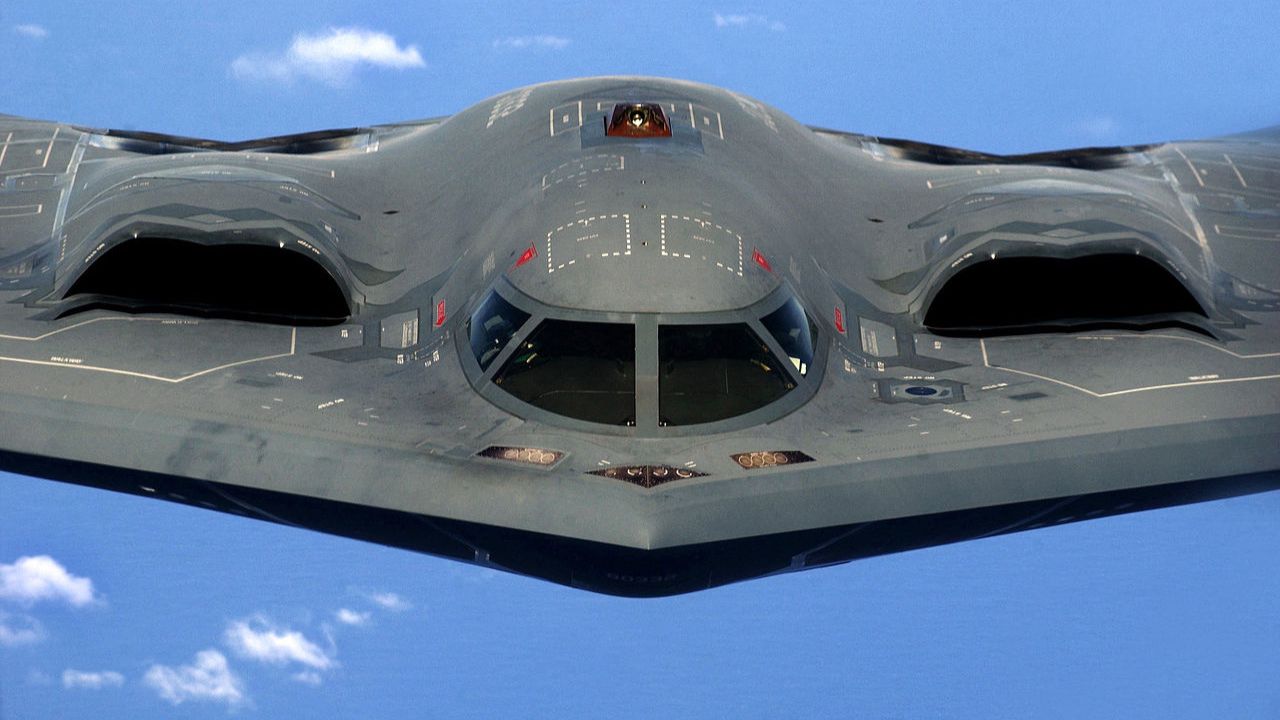
You might expect a bomber this advanced to have a large crew, but the B-2 is flown by just two people: a pilot and a mission commander. The aircraft is so automated that two highly trained officers can control all navigation, systems, and weapons.
During ultra-long missions, they sleep in shifts using a small cot and take turns flying the aircraft. There’s even a rudimentary galley and toilet onboard. It’s a tight, utilitarian setup—but it gets the job done.
It First Flew in 1989—but Still Leads the Pack
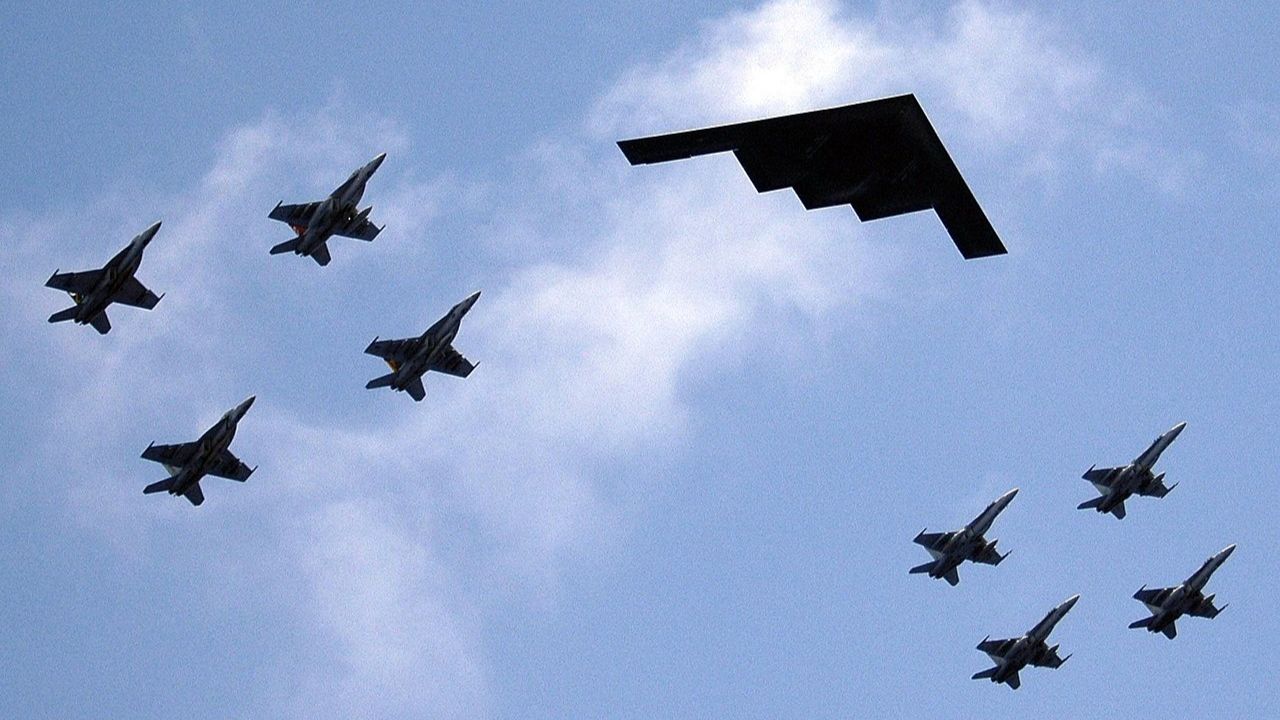
The B-2’s maiden flight was in July 1989, and it entered operational service in 1997. Despite its age, it remains one of the most technologically advanced bombers in the world thanks to continuous upgrades.
Its software, sensors, and communication systems have been modernized to handle 21st-century threats. Even with the upcoming B-21 Raider in development, the B-2 is expected to stay in service through the 2030s, proving its design was well ahead of its time.
It’s Never Been Shot Down
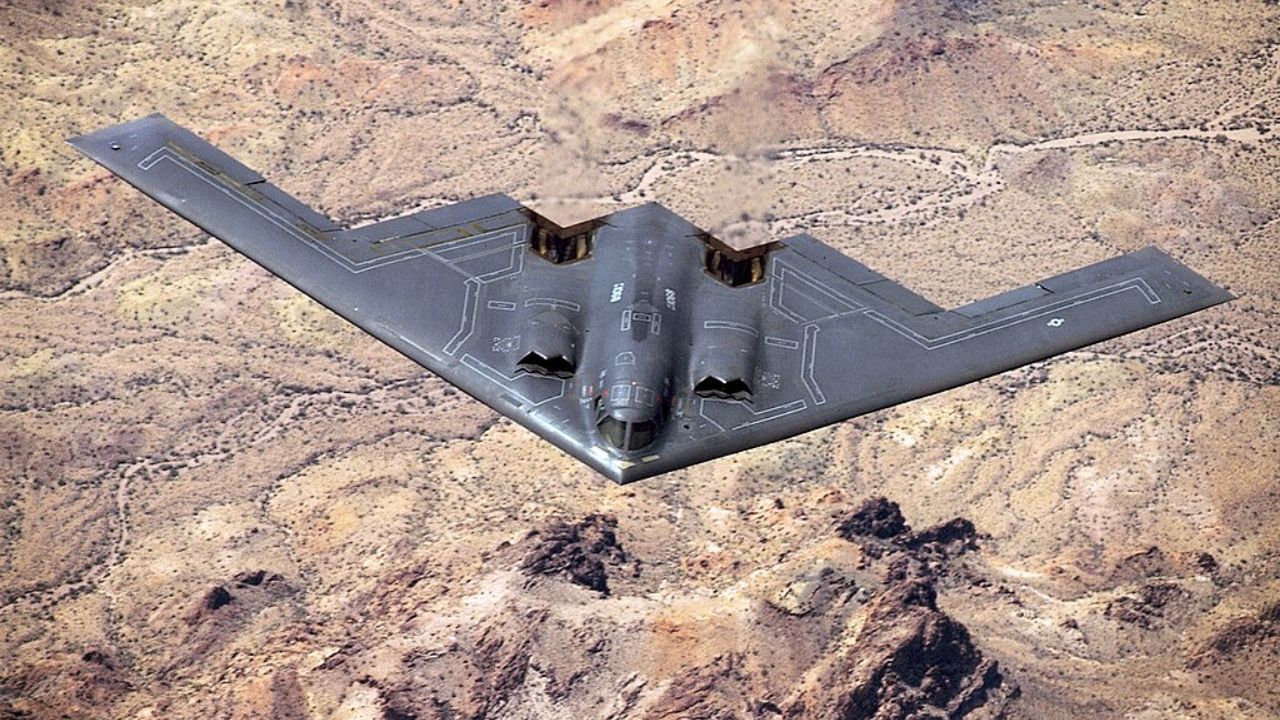
Despite participating in multiple high-risk operations—like Operation Allied Force in Kosovo and Operation Enduring Freedom in Afghanistan—the B-2 has never been shot down in combat. Its stealth has kept it safe even in heavily defended airspace.
The closest call was the 2008 crash in Guam, caused by a sensor failure during takeoff—not enemy action. In an age of advanced air defenses and global surveillance, the B-2’s ability to get in and out unseen remains unmatched.
Like Fast Lane Only’s content? Be sure to follow us.
Here’s more from us:
*Created with AI assistance and editor review.

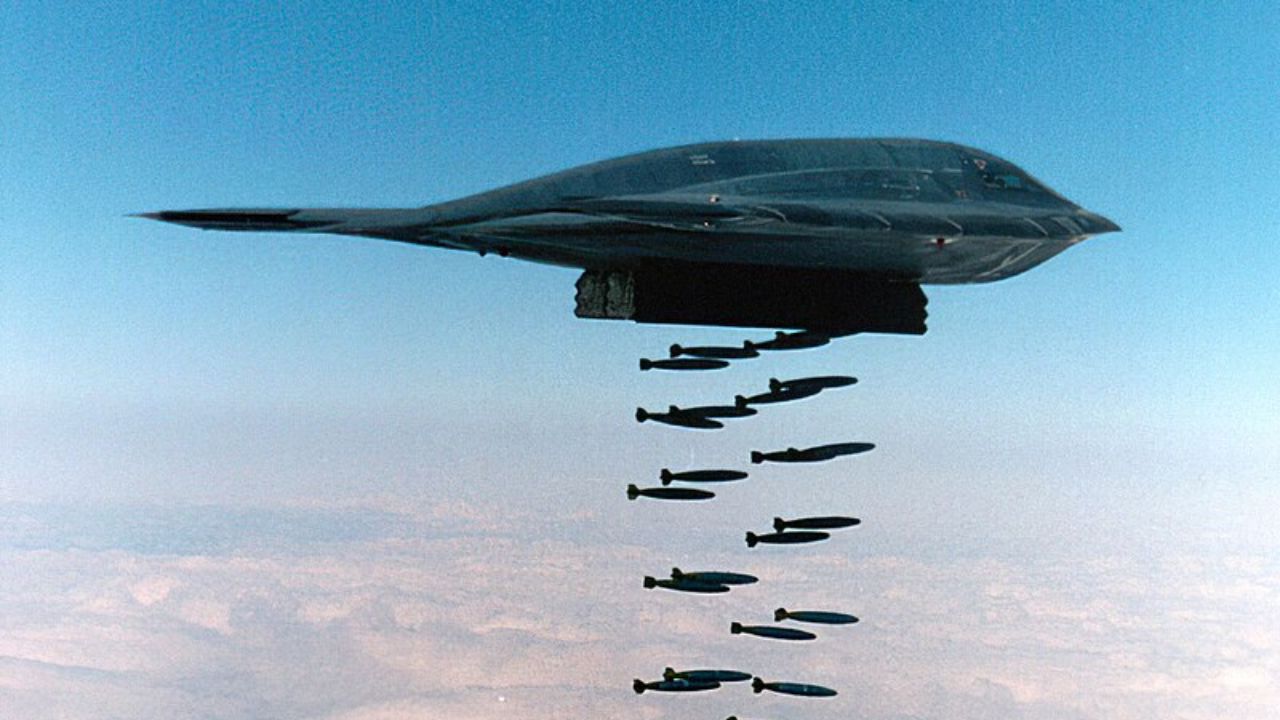
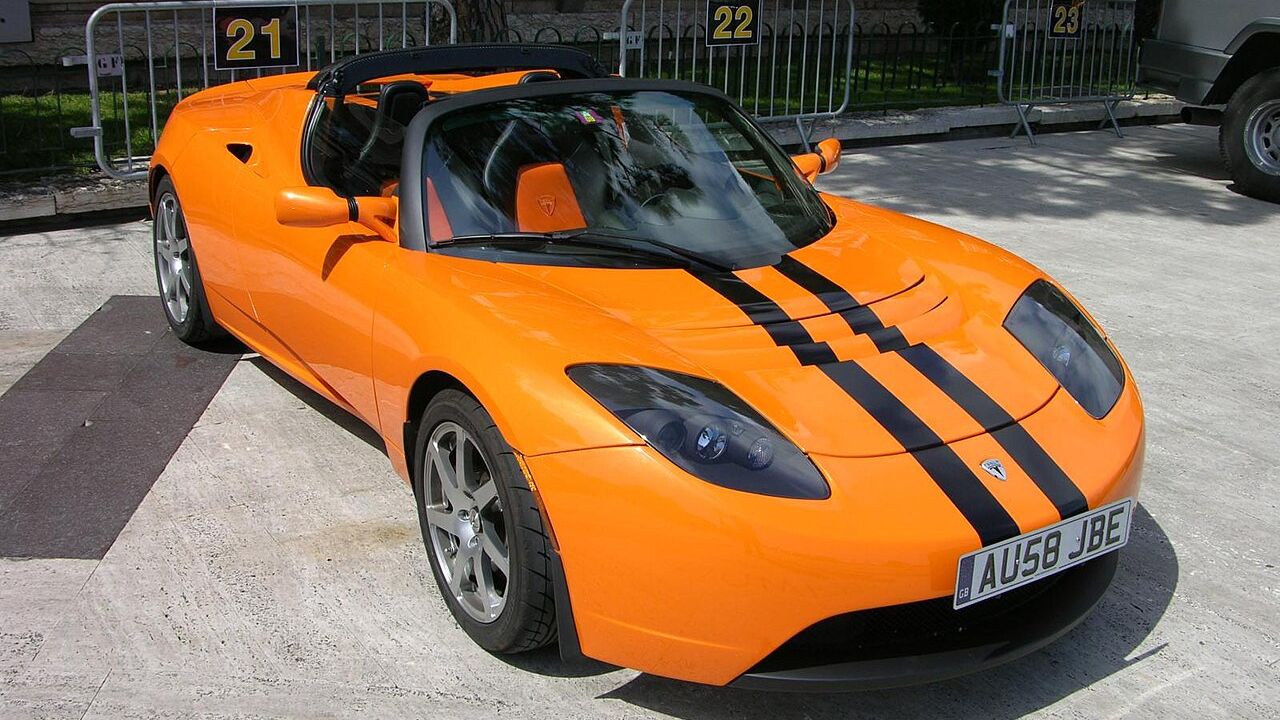
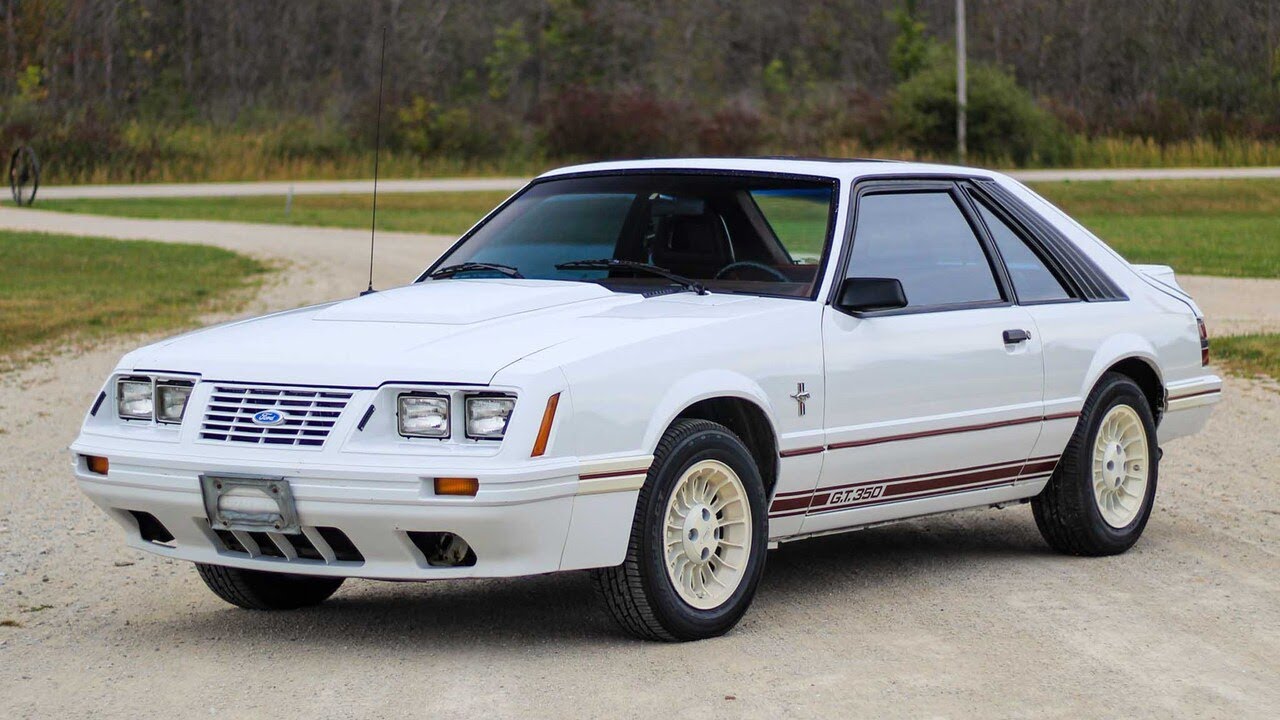

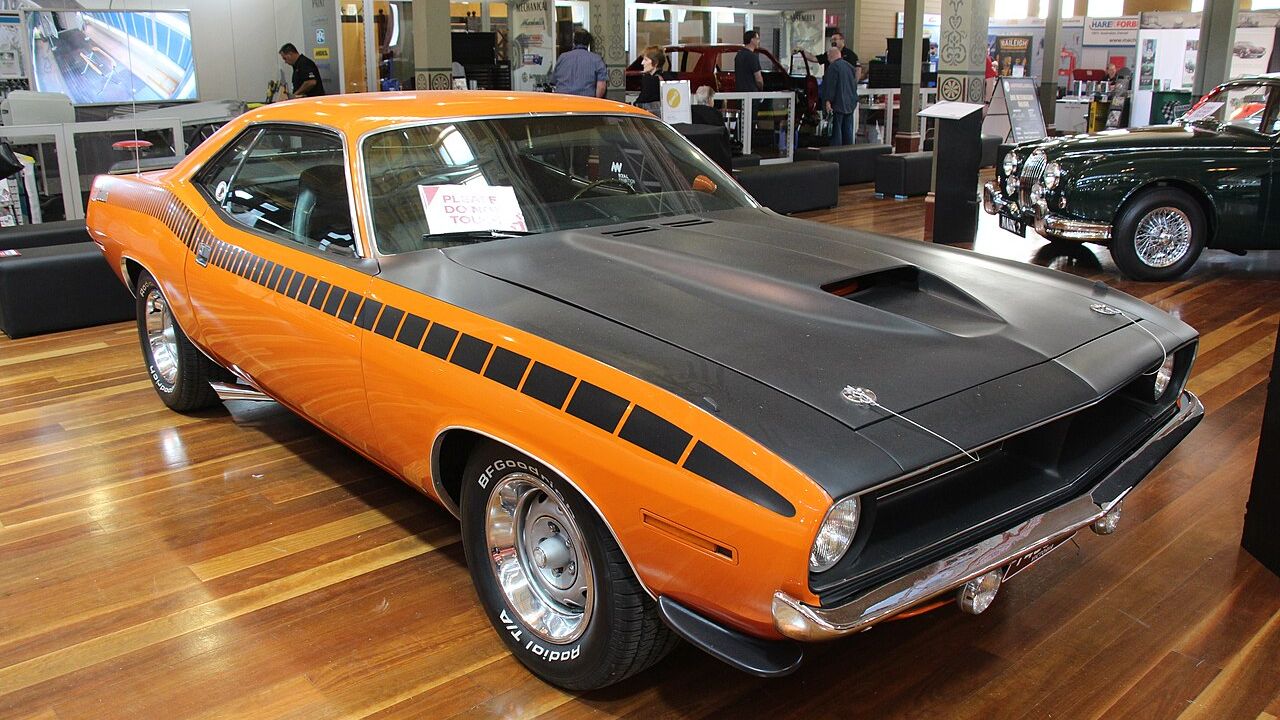
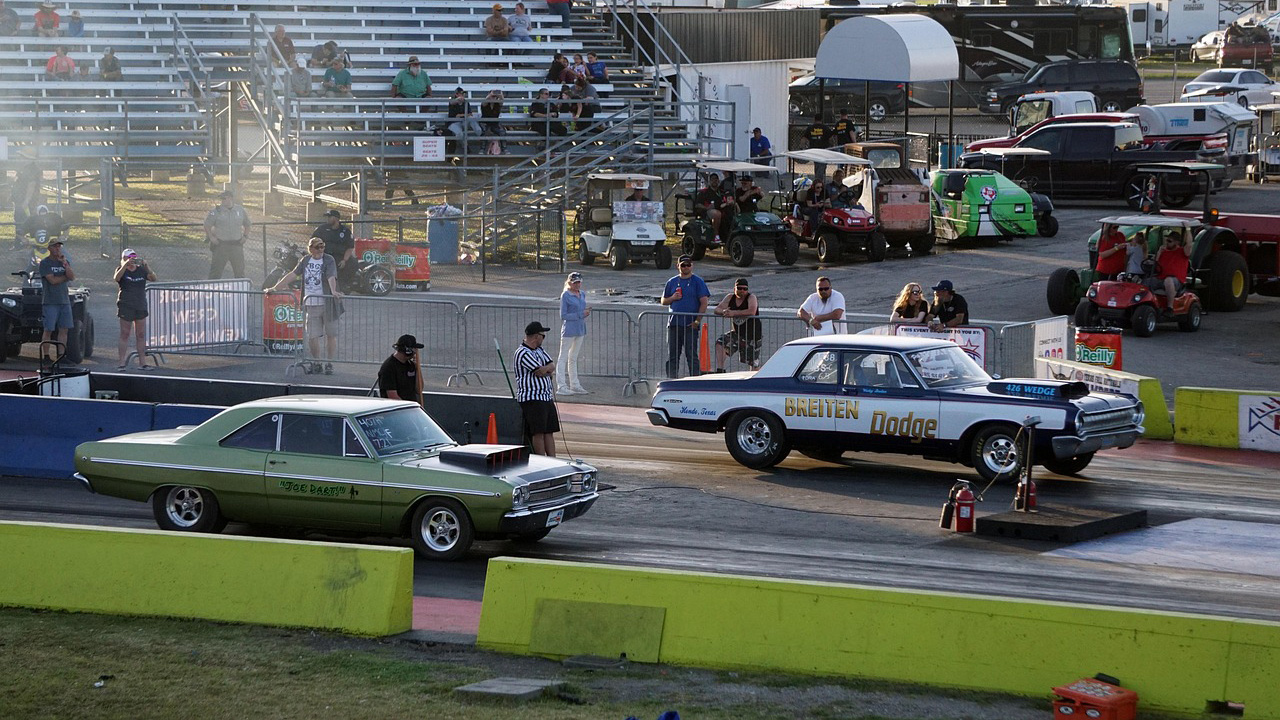
Leave a Reply